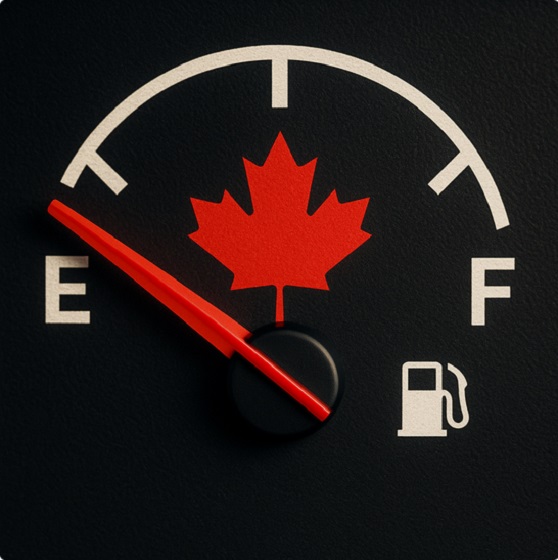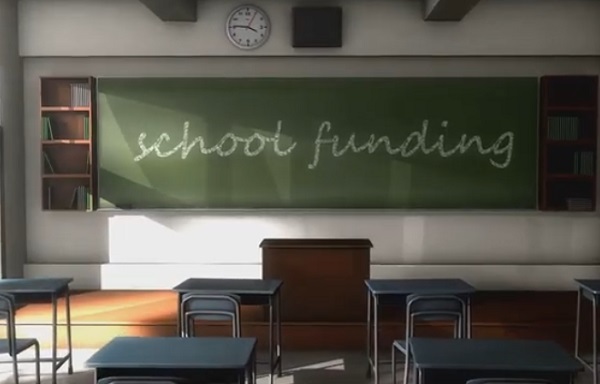Uncategorized
Militants blamed in Sri Lanka attacks had incendiary leader

COLOMBO, Sri Lanka — The purported leader of an Islamic extremist group blamed for an Easter attack in Sri Lanka that killed over 320 people began posting videos online three years ago calling for non-Muslims to be “eliminated,” faith leaders said Tuesday.
Much remains unclear about how a little-known group called National Thowfeek Jamaath allegedly carried out six large nearly simultaneous suicide bombings striking churches and hotels on Sunday.
However, warnings about growing radicalism in the island nation off the coast of India date to at least 2007, while Muslim leaders say their repeated warnings about the group and its leader drew no visible reaction from officials responsible for public security.
“Some of the intelligence people saw his picture but they didn’t take action,” said N.M. Ameen, the president of the Muslim Council of Sri Lanka.
Tension coursed through Colombo on Tuesday as the military took on emergency war-time powers, allowing them to conduct warrantless searches and detain suspects for up to two weeks before a court hearing.
Such powers haven’t been invoked since Sri Lanka’s bloody civil war, when people feared that unclaimed bags or debris could hide a bomb. On one commuter train Tuesday morning, panicked passengers shouted over one unclaimed piece of luggage until its owner was found.
Authorities have blamed National Thowfeek Jamaath for the attack. Its leader, alternately known as Mohammed Zahran or Zahran Hashmi, became known to Muslim leaders three years ago for his incendiary speeches online.
“It was basically a hate campaign against all non-Muslims,” said Hilmy Ahamed, the Muslim council’s
Zahran’s name was on one intelligence warning shared among Sri Lankan security forces, who apparently even quietly took their growing concerns to international experts as well.
Anne Speckhard, the director of the International Center for the Study of Violent Extremism, said a Sri Lankan intelligence official approached her at a conference in February with a surprising question. She was worried about what she described as a violent, homegrown jihadi group that “would just disappear” when the government tried to crack down on them.
“The intel person kind of came up to me and said, ‘You know, we’re kind of worried about this new group and there’s some activity going. What do you think?'” Speckhard told The Associated Press on Tuesday. “It just kind of blows my mind that’s who it was.”
As far as the planning, Speckhard noted that Sri Lanka was “a part of the world that developed suicide vests” during the civil war against the Tamil Tigers, a secular, nationalist group that once was the world’s top suicide attacker. But the style of Sunday’s attacks, targeting churches on Easter and hotels frequented by foreigners, followed that of al-Qaida and the Islamic State group.
“It is a simple attack that is well thought out,” Speckhard said. “I do believe well thought out is a product of being in touch with someone from the outside.”
That’s a feeling shared by the Austin, Texas-based private intelligence firm Stratfor.
“The degree of sophistication in the making of the bombs indicates that the attackers did in fact have help from outside Sri Lanka, which could have come via
The Islamic State group claimed responsibility for the Sri Lanka attack via its Aamaq news agency on Tuesday, but offered no photographs or videos of attackers pledging their loyalty to the group. Such material, often showing suicide bombers pledging loyalty before their assaults, offers credibility to their claims.
___
Follow Jon Gambrell and Bharatha Mallawarachi on Twitter at www.twitter.com/jongambrellap and www.twitter.com/bharatha77
Jon Gambrell And Bharatha Mallawarachi, The Associated Press
Uncategorized
CNN’s Shock Climate Polling Data Reinforces Trump’s Energy Agenda


From the Daily Caller News Foundation
As the Trump administration and Republican-controlled Congress move aggressively to roll back the climate alarm-driven energy policies of the Biden presidency, proponents of climate change theory have ramped up their scare tactics in hopes of shifting public opinion in their favor.
But CNN’s energetic polling analyst, the irrepressible Harry Enten, says those tactics aren’t working. Indeed, Enten points out the climate alarm messaging which has permeated every nook and cranny of American society for at least 25 years now has failed to move the public opinion needle even a smidgen since 2000.
Appearing on the cable channel’s “CNN News Central” program with host John Berman Thursday, Enten cited polling data showing that just 40% of U.S. citizens are “afraid” of climate change. That is the same percentage who gave a similar answer in 2000.
Dear Readers:
As a nonprofit, we are dependent on the generosity of our readers.
Please consider making a small donation of any amount here.
Thank you!
Enten’s own report is an example of this fealty. Saying the findings “kind of boggles the mind,” Enten emphasized the fact that, despite all the media hysteria that takes place in the wake of any weather disaster or wildfire, an even lower percentage of Americans are concerned such events might impact them personally.
“In 2006, it was 38%,” Enten says of the percentage who are even “sometimes worried” about being hit by a natural disaster, and adds, “Look at where we are now in 2025. It’s 32%, 38% to 32%. The number’s actually gone down.”
In terms of all adults who worry that a major disaster might hit their own hometown, Enten notes that just 17% admit to such a concern. Even among Democrats, whose party has been the major proponent of climate alarm theory in the U.S., the percentage is a paltry 27%.
While Enten and Berman both appear to be shocked by these findings, they really aren’t surprising. Enten himself notes that climate concerns have never been a driving issue in electoral politics in his conclusion, when Berman points out, “People might think it’s an issue, but clearly not a driving issue when people go to the polls.”
“That’s exactly right,” Enten says, adding, “They may worry about in the abstract, but when it comes to their own lives, they don’t worry.”
This reality of public opinion is a major reason why President Donald Trump and his key cabinet officials have felt free to mount their aggressive push to end any remaining notion that a government-subsidized ‘energy transition’ from oil, gas, and coal to renewables and electric vehicles is happening in the U.S. It is also a big reason why congressional Republicans included language in the One Big Beautiful Bill Act to phase out subsidies for those alternative energy technologies.
It is key to understand that the administration’s reprioritization of energy and climate policies goes well beyond just rolling back the Biden policies. EPA Administrator Lee Zeldin is working on plans to revoke the 2010 endangerment finding related to greenhouse gases which served as the foundation for most of the Obama climate agenda as well.
If that plan can survive the inevitable court challenges, then Trump’s ambitions will only accelerate. Last year’s elimination of the Chevron Deference by the Supreme Court increases the chances of that happening. Ultimately, by the end of 2028, it will be almost as if the Obama and Biden presidencies never happened.
The reality here is that, with such a low percentage of voters expressing concerns about any of this, Trump and congressional Republicans will pay little or no political price for moving in this direction. Thus, unless the polls change radically, the policy direction will remain the same.
David Blackmon is an energy writer and consultant based in Texas. He spent 40 years in the oil and gas business, where he specialized in public policy and communications.
Uncategorized
Kananaskis G7 meeting the right setting for U.S. and Canada to reassert energy ties


Energy security, resilience and affordability have long been protected by a continentally integrated energy sector.
The G7 summit in Kananaskis, Alberta, offers a key platform to reassert how North American energy cooperation has made the U.S. and Canada stronger, according to a joint statement from The Heritage Foundation, the foremost American conservative think tank, and MEI, a pan-Canadian research and educational policy organization.
“Energy cooperation between Canada, Mexico and the United States is vital for the Western World’s energy security,” says Diana Furchtgott-Roth, director of the Center for Energy, Climate and Environment and the Herbert and Joyce Morgan Fellow at the Heritage Foundation, and one of America’s most prominent energy experts. “Both President Trump and Prime Minister Carney share energy as a key priority for their respective administrations.
She added, “The G7 should embrace energy abundance by cooperating and committing to a rapid expansion of energy infrastructure. Members should commit to streamlined permitting, including a one-stop shop permitting and environmental review process, to unleash the capital investment necessary to make energy abundance a reality.”
North America’s energy industry is continentally integrated, benefitting from a blend of U.S. light crude oil and Mexican and Canadian heavy crude oil that keeps the continent’s refineries running smoothly.
Each day, Canada exports 2.8 million barrels of oil to the United States.
These get refined into gasoline, diesel and other higher value-added products that furnish the U.S. market with reliable and affordable energy, as well as exported to other countries, including some 780,000 barrels per day of finished products that get exported to Canada and 1.08 million barrels per day to Mexico.
A similar situation occurs with natural gas, where Canada ships 8.7 billion cubic feet of natural gas per day to the United States through a continental network of pipelines.
This gets consumed by U.S. households, as well as transformed into liquefied natural gas products, of which the United States exports 11.5 billion cubic feet per day, mostly from ports in Louisiana, Texas and Maryland.
“The abundance and complementarity of Canada and the United States’ energy resources have made both nations more prosperous and more secure in their supply,” says Daniel Dufort, president and CEO of the MEI. “Both countries stand to reduce dependence on Chinese and Russian energy by expanding their pipeline networks – the United States to the East and Canada to the West – to supply their European and Asian allies in an increasingly turbulent world.”
Under this scenario, Europe would buy more high-value light oil from the U.S., whose domestic needs would be back-stopped by lower-priced heavy oil imports from Canada, whereas Asia would consume more LNG from Canada, diminishing China and Russia’s economic and strategic leverage over it.
* * *
The MEI is an independent public policy think tank with offices in Montreal, Ottawa, and Calgary. Through its publications, media appearances, and advisory services to policymakers, the MEI stimulates public policy debate and reforms based on sound economics and entrepreneurship.
As the nation’s largest, most broadly supported conservative research and educational institution, The Heritage Foundation has been leading the American conservative movement since our founding in 1973. The Heritage Foundation reaches more than 10 million members, advocates, and concerned Americans every day with information on critical issues facing America.
-
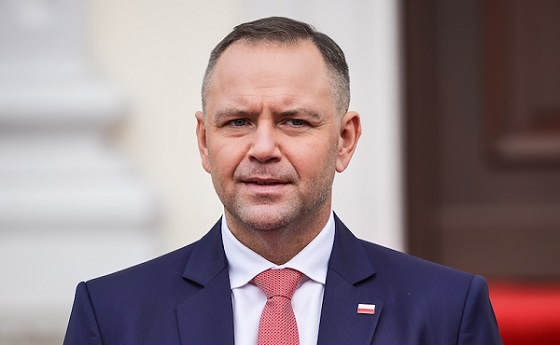
 International15 hours ago
International15 hours agoPoland’s president signs new zero income tax law for parents with two children
-
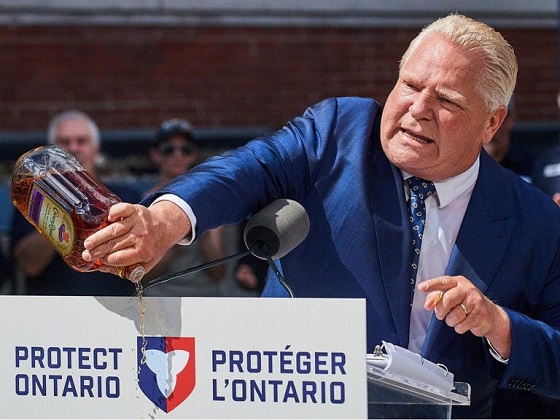
 Business5 hours ago
Business5 hours agoFord’s Whisky War
-
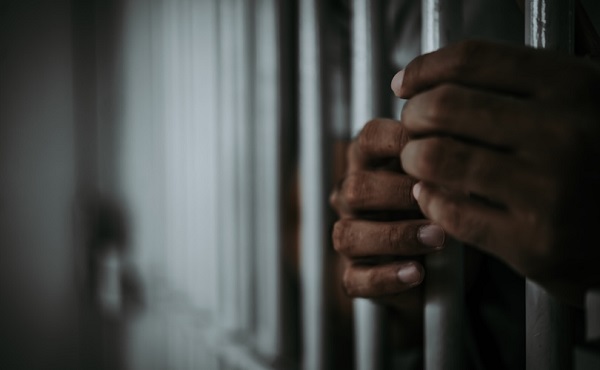
 International16 hours ago
International16 hours agoAustralian territory bans men from women’s prisons in national first
-
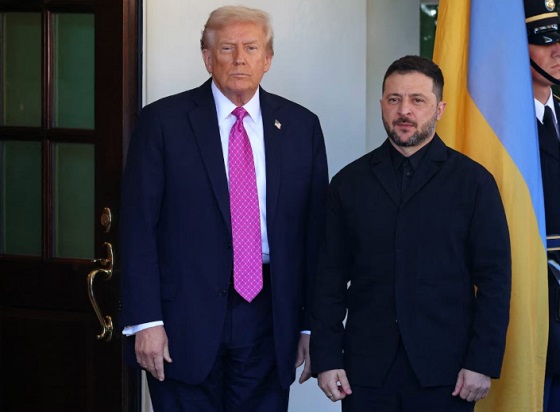
 Focal Points4 hours ago
Focal Points4 hours agoTrump Walks Back His Tomahawk Tease from Zelensky
-
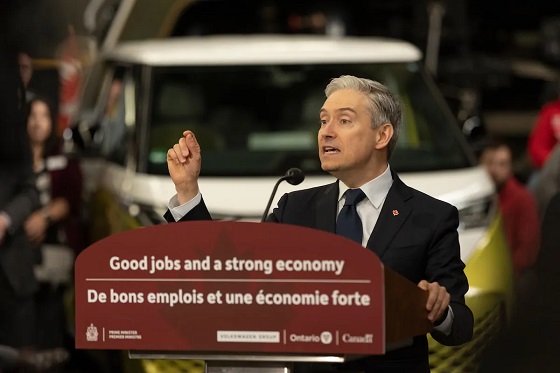
 Automotive3 hours ago
Automotive3 hours ago$15 Billion, Zero Assurances: Stellantis Abandons Brampton as Trudeau-Era Green Deal Collapses
-
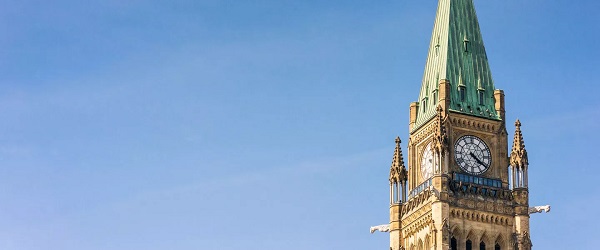
 Business1 day ago
Business1 day agoFederal Budget 2025: A responsible media would ensure Canadians know about the dismal state of federal finance
-

 Business1 day ago
Business1 day agoEthics on Ice: See You Next Year
-

 Business2 days ago
Business2 days agoCutting Red Tape Could Help Solve Canada’s Doctor Crisis

